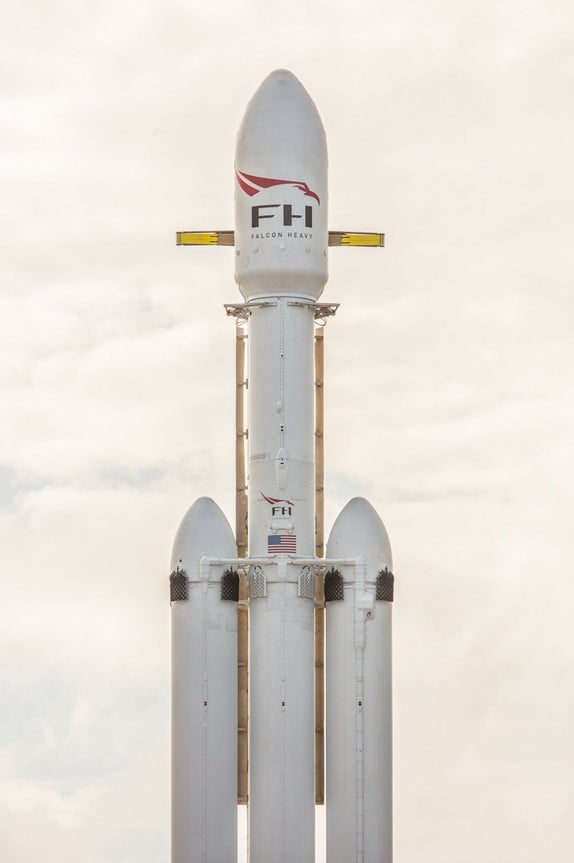NASA’s exoplanet hunter launched on April 18 from Cape Canaveral Air Force Station in Florida atop a SpaceX Falcon 9 rocket. The rocket launched at 6:51 p.m. EDT and reached Earth’s orbit within 49 minutes. Now its hunt for the nearby exoplanets that could potentially harbor life can start.
TESS, which stands for Transiting Exoplanet Survey Satellite, is going to search for exoplanets that have the conditions for life to flourish on them. The satellite will hunt for the planets, while other planet hunting missions are going to study those rocky worlds in more detail.
“TESS is going to dramatically increase the number of planets that we have to study,” TESS principal investigator George Ricker, of the Massachusetts Institute of Technology, said during a briefing on Sunday, as per Space.com. “It’s going to be more than double the number that has been seen and detected by Kepler.”
NASA’s Kepler telescope managed to see 2,650 confirmed exoplanets up to now. That is around 70% of the planets that is thought to be outside our solar system.
According to the prompt Twitter updates from the company, the first stage of the rocket landed back on Earth about 9 minutes after liftoff. The stage landed on a SpaceX “drone ship” located in the Atlantic Ocean. The company continues to pull off such landings on SpaceX launches in order to preserve the rocket parts and reuse them in future missions. SpaceX has reused 11 of the first stages already, although this particular Falcon 9 rocket was new.
The launch was delayed after previously being scheduled for Monday, April 16. However, the company decided to postpone it until Wednesday because it needed time to inspect potential issues with the rocket’s guidance, navigation and control systems.
NASA’s exoplanet hunter, similarly like Kepler, is going to hunt planets with the potential for supporting life with the “transit method,” which means scientists will spot when those planets cross the face of their parent stars. However, there are some differences between the two missions.
Kepler had its main mission between 2009 and 2013 in which it stared in the same direction in the sky, managing to monitor 150,000 stars. Right now, Kepler is working on a mission called K2 that looks at a great variety of different cosmic objects and phenomena. Nevertheless, the space telescope could run out of fuel within the next few months, which is why NASA’s exoplanet hunter was launched.
NASA’s exoplanet hunter is also going to operate from a different orbit. While Kepler goes around the sun, TESS is going to orbit our planet, located on a highly elliptical orbit. That way the satellite will easily and quickly transfer data back to Earth, as well as efficiently, as it approaches Earth during its orbit.
According to Robert Lockwood, TESS spacecraft program manager at Orbital ATK, the Virginia-based company that was building the satellite for NASA, told Space.com that the orbit is very stable and that it provides thermal protection and low radiation for the satellite.
“It really is a Goldilocks orbit,” Lockwood told Space.com.
The launch can be seen on the webcast on SpaceX’s site: HERE





